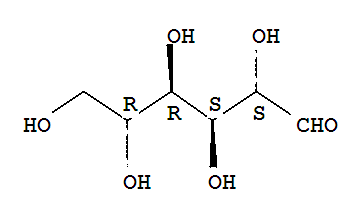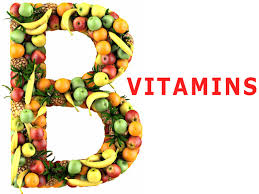Black Cohosh is an herb that exerts its effects on the endocrine regulatory (hormonal) mechanism in your body. It’s a phytoestrogen, but by definition that means it’s weaker than the estrogens your body creates. Structurally, black cohosh more closely resembles estradiol, which researchers believe offers protection against cancer of the endometrium, ovaries and breast. That’s a real conclusion from research ...
Read More »Ingredient Guides
D-Mannose
Urinary tract infections (UTIs), which are infections anywhere along the urinary tract including the bladder and kidneys, are the second most common type of infection in the United States. (1) These infections can be caused by poor hygiene, impaired immune function, the overuse of antibiotics, the use of spermicides, and sexual intercourse. The most common cause, accounting for about 90 ...
Read More »Turmeric
Candida albicans is the specific fungus responsible for vaginitis, the most common type of yeast infection. Yeast in the human body is present in moist areas like the vagina or mouth. Even healthy women between 20% and 50% will have yeast present in the vagina. Vaginitis is characterized by symptoms like extreme itchiness, vaginal irritation and discharge or burning sensation ...
Read More »Zinc
Zinc plays many critical roles in fighting candida. People with recurring yeast infections tend to be zinc deficient, and modern farming practices such as depleted mineral content in soil, and using pesticides and other chemicals used to grow produce, contribute to deficiencies. High zinc-content foods, such as red meat, are often skipped in favor of chicken, soy, or seafood. Candida ...
Read More »Vitamin B
The topic of acidity/alkalinity and Candida overgrowth always results in great confusion. Your body’s typical pH reading should be 7.4 (slightly alkaline), but there are very good reasons why you need to actually make your gut more acidic to kill the Candida yeast. How does this make sense? Well, what one part of your body needs may be completely different ...
Read More »Riboflavin
Riboflavin may help treat vaginal yeast infections, but taking riboflavin complex will unlikely treat bacterial vaginosis. Some evidence suggests that the use of vitamin C – vaginally, not orally – may treat bacterial vaginal infections. But ask your doctor about the safety of treating bacterial vaginosis with vitamin C. Bacterial vaginosis, an overgrowth of organisms in your vagina, is one ...
Read More »Ginger
The use of natural herbs and plants in the kitchen and health has long been known. Many natural herbs which serve as important food ingredients also serve as medicinal commodities. One of those herbs is Ginger itself. Ginger, scientifically named as Gingiber officinale, is a herb whose rhizome is used essentially as a kitchen ingredient and also as a medicine. ...
Read More »Berberine Sulfate
Goldenseal and Barberry in particular contain high levels berberine that has positively stimulating effect on the immune system. This effect is strongest no doubt is in mucous membrane tissues found in the vagina, mouth, and especially the digestive system. Berberine has been shown to possess excellent antimicrobial activity against a wide variety of microorganisms some of which are found in ...
Read More » Feminine Health Reviews Expert Reviews of Women's Products.
Feminine Health Reviews Expert Reviews of Women's Products.







